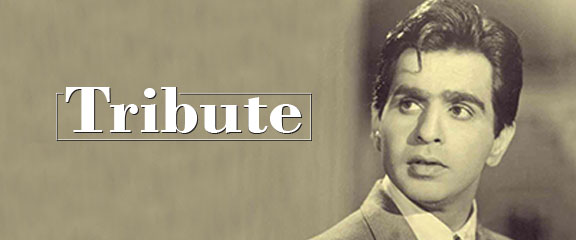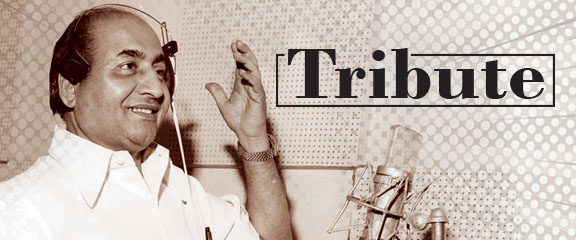The City of Lights … Karachi then. A city in total eclipse, Karachi today. The story of the city’s evolution is a saga of a city unravelling, especially in the past four decades or so. And this movement from light to darkness is not the work of one man, one segment of society or one political party — the destruction has been an actively collaborative venture.
When I was asked to write about Karachi of the past, two things happened immediately: a rush of nostalgia and alongside, recognition of the years I now carry. I relish recalling the memories of Karachi’s glorious past. So I will confine myself to Karachi as it was, not the city today — a woeful tale of blood and tears.
I grew up in a multi-cultural, multi-sectarian, multi-linguistic and multi-religious neighbourhood — there were Christians, Hindus, Parsis and of course, Muslims. We lived in an environment of harmony, replete with mutual care, respect and concern. All festivals were celebrated together. There was no dissension in our ranks. The neighbourhood truly represented the State of Pakistan envisaged by our founding fathers; one where there was liberty, equality and fraternity, with no distinctions.
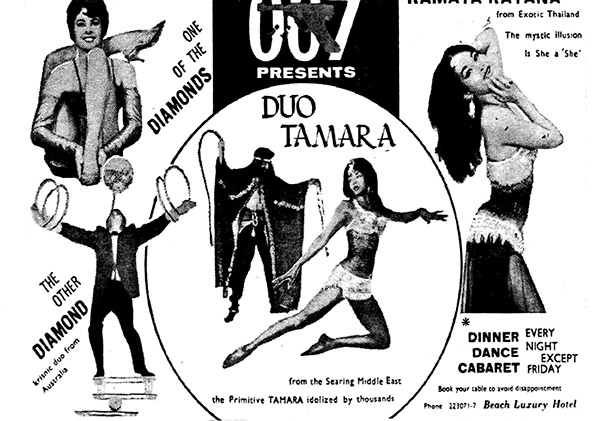
Post-Independence, Karachi being the capital, attracted lots of talent from various parts of the subcontinent. Most of the migrants settled here, with other cities receiving only a trickle. And these migrants made for a large part of the country’s intelligentsia. In the fifties, the ‘posh’ areas of the city comprised PIB Colony, Amil Colony, Guru Mandir, Martin Quarters, etc. These were considered posh not because of any huge mansions or New York type skyscrapers, but because of the educated middle class that resided there, a cross section of bureaucrats, bankers, businessmen, etc. There was great camaraderie between neighbours. In those years Karachiites remained busy, both, in building the country — and in multiplying in number. Then, to supplement this bulge in the city’s population, migrants from other cities also started to pour into the city; Karachi being the capital and having earned itself the nomenclature of “Gareeb Parwar” became an attractive destination. To the rest of Pakistan, Karachi was its Dubai — an El Dorado to exploit and to gain from.
To accommodate the growing numbers, Nazimabad and later North Nazimabad emerged as the new elite areas to live in. Among those locations, the best was Nazimabad-IV, where I spent my childhood. It was the most educated locality of Karachi, with an amazingly liberal and modernist milieu. Here too, the concept of good neighbourhood thrived — in fact, it gained strength.
The Defence Housing Authority (DHA) Karachi appeared in the late sixties. Thereafter, the bold and beautiful, the rich and famous started to move from Nazimabad. And now, there are nine DHA phases, but it is not ‘the more, the merrier.’ Here even next-door-neighbours are strangers. The concept of togetherness was the first victim of the elitism of the Defence residents. Arrogance, which was lacking in the new country, began to raise its ugly head with the passing of time. And it was not just camaraderie that was lost. Once a clean, organised city, Karachi today is a cauldron of filth. Till about the late sixties, I vividly recall, each morning the roads — in particular M.A. Jinnah Road, starting from Guru Mandir till Tower — used to be swept and washed daily. Despite the web of the rail network that ran through the city, facilitating the movement of trams, a major source of city travel, despite the growing population and the bustle, Karachi was clean.
As a young boy, the number and size of neon signs towering above the city roads were a delight to watch. I would sometimes accompany my father, who loved to walk from Zellin’s corner (Zellin being a popular coffee haunt) to Hotel Jabees. The walk was usually pleasant, not least because there were footpaths, they were clean, and there were no encroachments. Elphinstone Street (now Zaibunisa Street) was no different till about the decade of the eighties. A regular visit to the Irani restaurant was a norm for evening tea. I relished the cup of tea with the typical sponge cake on the side. Sadly, the revolution in Iran in 1979 made for the closure of this cafe, which had become something of a Karachi landmark.
As for cuisine in Karachi, Burns Road restaurants and cafes could be deservedly credited with serving up the most delicious niharis, payas, etc. Victoria Road and Elphinstone Street meanwhile, boasted of two famous Chinese restaurants, ‘Hong Kong’ and ‘ABC,’ respectively. At the intersection of Regal Cinema and Haroon Road, stood the famous, ‘Cafe St. George,’ whose reputation was unmatched in the city for being the house of the most delicious patties; I loved drowning them in the green chili sauce that came with the order at no additional cost.
And while going to research and study at the USIS, a formidable branch of the American Embassy, we students would stop over and if we had the time, hang out at the falooda shop facing the Methodist Trinity Church: their falooda was comparable only to the equally delicious falooda of the Alpha Restaurant on Inverarity Road, opposite what is now Zainab Market.
Close to Parisian Bakery, was an alcohol store; which from the outside looked well-stocked — but there used to be no rush of buyers. Those who wanted to purchase the wares and imbibe, did so. Those who didn’t indulge never resorted to forcibly shutting it down. Alcohol consumption then wasn’t officially prohibited. Today it is. Ergo the weekend rush at the illegal joints selling alcoholic beverages.
During the sixties and seventies, Karachiites were avid movie goers. Several cinema halls were operating in the city, until the ultimately regressive Zia ul Haq deemed they were the source of all evil in society, so gradually most of them went out of business. But before their demise, each cinema house played different and distinct kinds of movies to cater to the varied taste of audiences. For example, Palace Cinema, a small theatre which was closest to Flagstaff House, screened only English movies for the gentry. Capri cinema was amongst the first to boast 70 MM screens and hence showcased movies like Mackenna’s Gold, Where Eagles Dare, etc. Nairang and Firdous Cinema Houses located in Liaquatabad showed mostly Urdu movies. There was also one notorious Chaman Cinema in SITE, where ‘uncensored movies’ were screened, largely for tired migrant labourers from every nook and corner of the country.
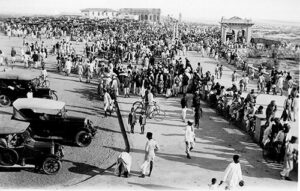
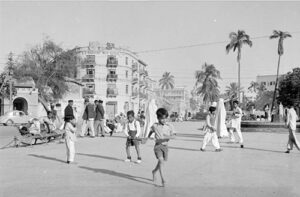
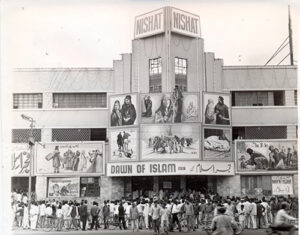
On main MA Jinnah Road, there were the refurbished Nishat and Naz cinemas that normally only screened Urdu movies. On a bye-lane of Jinnah road, were the twin movie houses — Bambino and Scala. Both screened only English movies initially, but with the departure of liberalism, only Urdu movies began to be screened. With the gnawing at the root of liberal thought, other film establishments had to pull down their shutters. On Victoria Road and Elphinstone Street, for example, were the English movie theatres Rio and Rex. During Zia’s rule these were converted into shopping plazas.
There was also a hotel, if my memory doesn’t fail me, called Excelsior on Elphinstone Street, that used to blatantly advertise the arrival of foreign dance/cabaret troupes, with scantily clad dancers, the posters of each new show and its featured performers pasted on its giant walls. No one ever tore down the posters. Meanwhile, the eveningers (evening newspapers) were what tabloids are all about — replete with salacious stories of real and imagined affairs, scandalous stories about people, etc.
And how can any article about Karachi not mention shopping! Today’s shopping malls cannot match the status of the shops that adorned Bohri Bazar. The Mehboob Baksh Market was a superstore, Karachi’s Marks & Spencer, or maybe Primark. To shop at Sanaullah, the most expensive store then, was akin to being at Harrods or Selfridges.
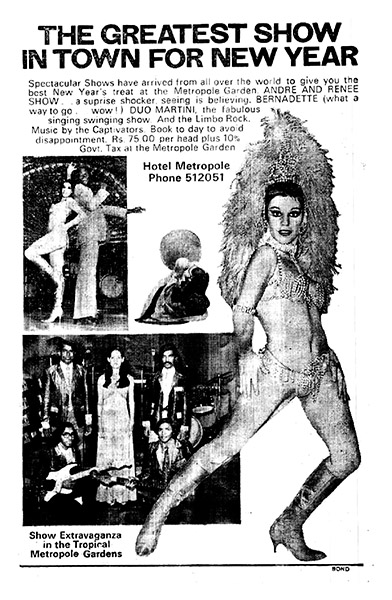
In many ways, Karachi was greatly indebted to the Parsi community — the Kothari Parade, old Clifton, etc. were built by them. Their contribution to schools and colleges like Bai Virbaiji Soparivala Parsi High School, Mama Parsi, NED, etc. are testaments to their philanthropy and commitment to the city of Karachi.
For outdoor entertainment, there was/continues to be the sea. The first stop on weekends for cousins and friends visiting from abroad or up north was either Sandspit or Hawksbay beach. The difference between then and now is then the beaches were clean. There was no litter. Civic sense had not perished.
Though not referring to Karachi, Emerson captured the city’s current ethos well. “What is the city in which we sit, but an aggregate of incongruous materials which have obeyed the will of some man?”
Sadly, the will of many men, all out to serve only their own interests, is clearly reflected in the city today. I believe once a Karachiite, always a Karachiite, because the city grows and stays with you, as it has with me. And I feel if you neglect Karachi you will be neglecting the nation — since the city is a microcosm of the myriad ethnicities that constitute the country; it is the heart and soul of Pakistan.
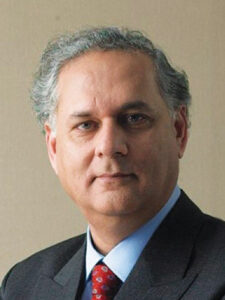
The writer is a Senior Banker & freelance contributor.


